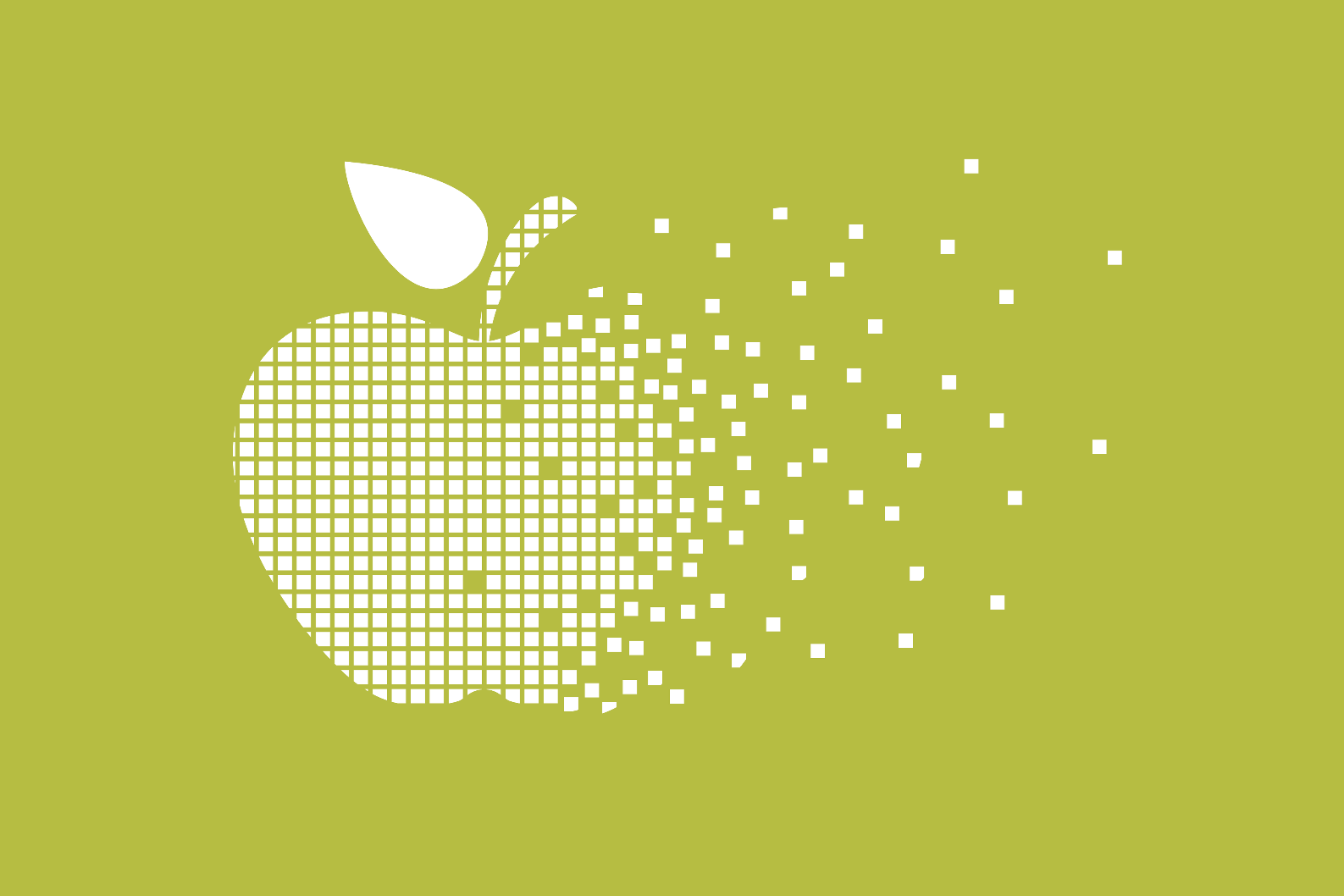The main difference between pixel and vector based graphics is how it is structured.
Pixels are tiny coloured squares on a screen and when there are a lot of them together, they make up a pixel based graphic. Vector graphics are mapped out using mathematical equations which calculate where the edges of the shapes sit in relation to one another.
For example, fonts are always vector graphics so that the sizes can be easily scaled up or down without losing quality. On the other end, digital photographs are always made up of pixels which allows an efficient way of blending colours as each pixel block is an individual colour. This is why an image can look “pixelated” when magnified as you can see the individual pixels.
![]()
When creating and using logos, vector is always preferred as the logo can be resized to any size without becoming low resolution and affecting its quality when used digitally or in print.
In most cases, the format of the graphic/photograph can be identified quickly by its file extension – files ending in .AI or .EPS are vector based graphics, where as files ending in .JPG, .BMP, .PSD or .PNG will always be pixel based graphics. There are some exceptions such as .PDF which can overlap between both. The quickest way to check without access to Adobe or graphics software is to zoom as far as you can – if the image doesn’t lose quality then most of the time it is a vector graphic.




